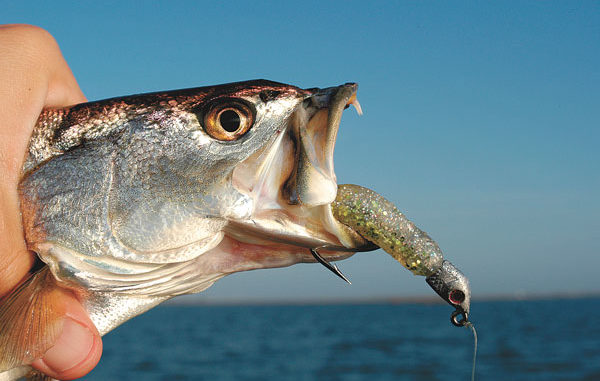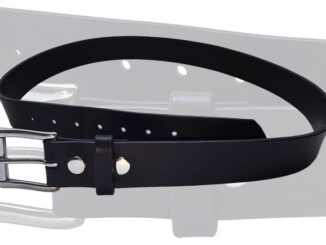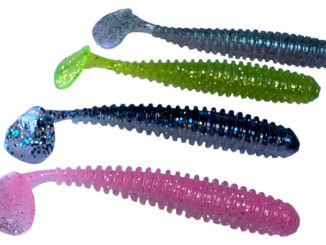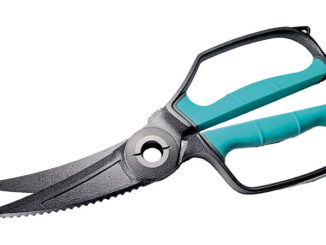
Atchafalaya Delta WMA prime for deer, hog hunting
In 1997, Billie Bob Harrell Jr. figured he was set for life after winning $31 million in the Texas lottery. It was more money, surely, than he could spend in the rest of his living years.
But, of course, like so many other lottery winners, he was wrong.
Just two years after the numbers on the bouncing ping-pong balls exactly matched those on his ticket, Harrell was flat broke. Dismayed over the loss of his fortune, he shot and killed himself.
The need for smart, frugal spending is never erased by a windfall.
Unfortunately, though, it looks like the state of Louisiana will have to learn that lesson the hard way.
In mid July, Gov. Bobby Jindal unveiled the “Louisiana Plan,” which outlines how the state intends to spend $530 million it expects to receive from BP as mitigation for Deepwater Horizon oil spill damage.
The plan has some laudable aspects, including restoration projects at the Chandeleur Islands, Grand Liard and West Grand Terre, areas that saw oiling during the spill and are in desperate need of help in the battle against coastal subsidence.
But one element of the plan is a complete and utter waste of money. The state has proposed spending $48 million to build a saltwater fish hatchery, which we need about as much as we need another hurricane. The state literally would be no worse off if it took the money and dumped it along the coast.
“A fish hatchery won’t help at all, and it could hurt,” said Dr. Bill Herke, the former leader of the Louisiana Cooperative Fish and Wildlife Research Unit at LSU.
That’s because Louisiana’s habitat can only support a certain level of biomass. With every spawn, nature floods the coastal marshes with far more offspring than those marshes can support. Nearly every fry is eaten or starves to death. Adding more fry to the mix only means that more will starve or be consumed.
So at best the hatchery will have no positive impact, but it could have a negative one.
“Hatcheries cut down on the genetic mixture of fish because everything is coming out of just a few fish,” Herke said.
Far and away, the No. 1 threat facing Louisiana’s coastal fish stocks is coastal subsidence. As we lose habitat, we lose the support system for those stocks.
“The reason our fishing is so good is because we have extra marsh that the rest of the Gulf doesn’t have,” said Julie Anderson, marine fisheries specialist for SeaGrant. “Everything I’ve heard and seen is that all stocks are still very healthy, based on new research that’s been done and on current landings.”
Fisheries biologist Randy Pausina, assistant secretary for the LDWF, said speckled trout and redfish stocks are healthy in the state.
“Currently, both fisheries are operating within acceptable benchmarks, which would indicate that they are able to replace themselves,” he said.
Still, perhaps for political reasons, LDWF head Robert Barham has endorsed the “Louisiana Plan,” including the hatchery, which would absorb nearly 10 percent of the windfall, and who knows how many other dollars into the future.
“Even if BP is paying for it, it’s going to have to be staffed, and that’s going to have to come out of the Department of Wildlife and Fisheries’ budget,” Herke said. “That’s money they can’t spend elsewhere.”
What section of the marsh is not being saved so that the state can build this worthless hatchery?


